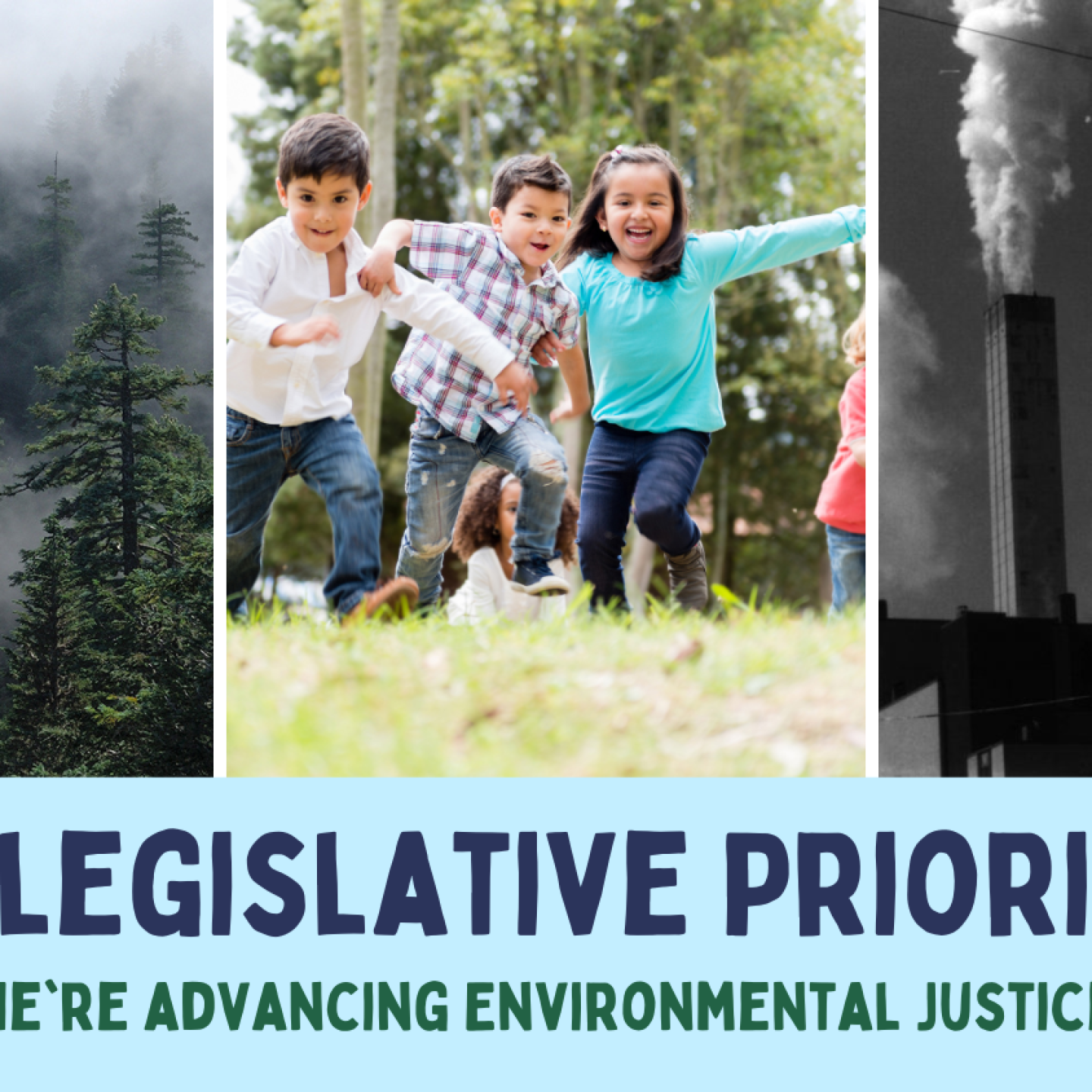In 2020, Oregon became the 4th state to phase-out the organophosphate insecticide, chlorpyrifos. This law came about as a result…
Lay Of The Land (Use)
“I’m from the coast.” “I own a farm.” “My family have been ranchers for five generations.” Our sense of ourselves…
Equity Missing in Oregon Land Use Laws
We face a future full of challenges about the health of our communities and the impacts of a warming climate.…
Stand to Protect Climate, People and Forests
Beyond Toxics does not shy away from tough issues. It takes time, tenacity and creativity to solve problems. For example,…
SB 1602 will make a difference for rural Oregonians sick of pesticide drift
When Allie McDermott and her partner heard the helicopter blades whirring early on a Sunday morning in March, they were…
The Tough Keep Going: Advancing Forest Practices and Pesticide Reform
We’ve arrived at a moment when an agreement between corporate timber representatives and environmental health and forest protection defenders has…
The Retreat from Roundup: Evidence Backing Cancer Claims
Glyphosate is a weed-killing chemical that is found in a variety of commonplace herbicides, including Monsanto and Bayer AG’s Roundup.…









